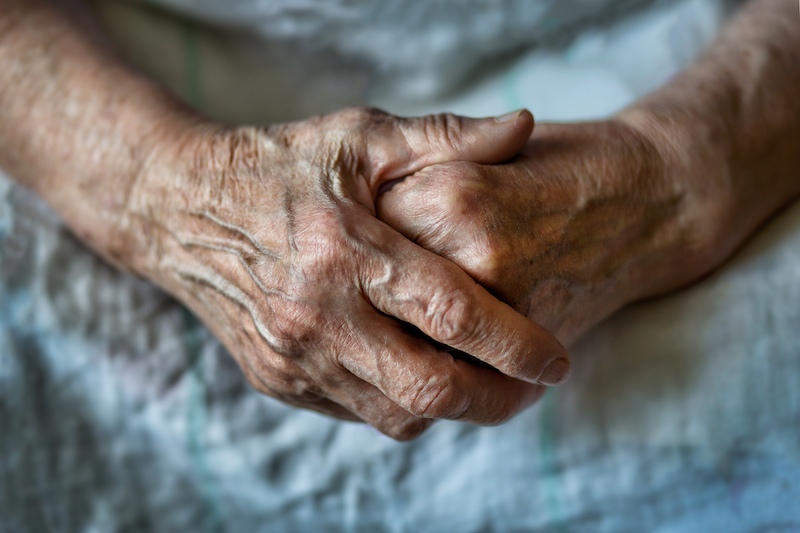Physical therapist-led exercises are the best solution for any type of hand arthritis
Despite what you may have read about arthritis, it’s often NOT a debilitating disease. If you have chronic pain in your hands, you should seek out the expert advice of our therapists…they provide exceptional hand arthritis treatment in Hanford. Here’s more about the hand and how we can help.
The hand is made up of 27 bones, and the end of each of these bones is covered by a smooth, shiny surface called articular cartilage. This cartilage protects the bones where they meet one another—a joint—and provides them with a smooth surface that allows the bones to slide freely and not come in contact during movement. Articular cartilage usually does a great job at helping these joints to move smoothly, but over time, it can wear away. When this occurs, the condition is called arthritis.
Arthritis is general term that’s used to describe the loss of articular cartilage in one or more joints in the body. Approximately 54 million people are currently affected by arthritis to some extent, making it one of the most common medical conditions in the U.S. There are over 100 different types of arthritis, but the two that are seen most often are osteoarthritis and rheumatoid arthritis.
Osteoarthritis, by far the most common type of arthritis overall, involves a gradual wearing away of cartilage in certain joints, which makes them more vulnerable to bone-on-bone contact and damage over time. It typically affects weight-bearing joints like the knees and hips, but can also occur in various joints of the hands. Older adults—especially those over the age of 40—are most at risk for developing osteoarthritis, which is primarily related to age-related changes like bones become more dense and less water in the cartilage.
Rheumatoid arthritis is an autoimmune disease, meaning it’s caused by the body’s own immune system mistakenly destroying healthy cartilage in joints unknown reasons. It can affect any joint of the body, but usually starts in the small joints of the hand. Rheumatoid arthritis also tends to be associated with older age, but unlike osteoarthritis, does not occur due to age-related changes and is usually seen earlier in life. The average age for onset of rheumatoid arthritis is between 30-60, but it’s also seen in younger individuals as well.
Regardless of the type, these and other types of hand arthritis typically lead to a similar set of symptoms, which may include:
- Severe pain and aching in the hand
- Weakness and/or loss of range of motion
- Stiffness, swelling, and/or redness
- A sensation of “cracking” or “crushing” in the hand joints
- Increased size or deformity of the hand
Unfortunately, there is currently no cure available for arthritis. Instead, treatment focuses on relieving pain and managing the patient’s underlying condition, and the best way to accomplish this is through physical therapy. By working one-on-one with each patient, your physical therapist can identify the particular type of arthritis that’s present, and then design a personalized treatment program to address your most bothersome symptoms. A typical treatment program for hand arthritis will consist of the following:
- Manual (hands-on) therapy: may include soft-tissue massage, stretching, and joint mobilizations to reduce pain and improve alignment, mobility, and range of motion
- Stretching exercises: to improve the flexibility of joints affected by arthritis
- Strengthening exercises: to build back up strength of the muscles of the hand
- Modalities: ultrasound, electrical stimulation, ice, and/or heat to decrease pain and inflammation of the involved joint
The results of a 2017 study show just how beneficial physical therapist-led exercises can be for patients with rheumatoid arthritis. Its conclusion reads:
A hand exercise program is an effective adjunct to current drug management to improve hand function (for rheumatoid arthritis patients)
Arthritis of any sort can truly prove to be a nuisance that interferes with your ability to function normally in everyday life. So if you’re affected by hand arthritis, contact a physical therapist and get started on a road to less pain and better function.

